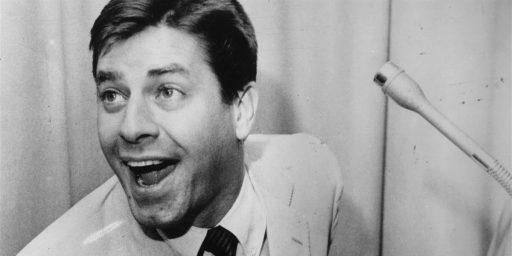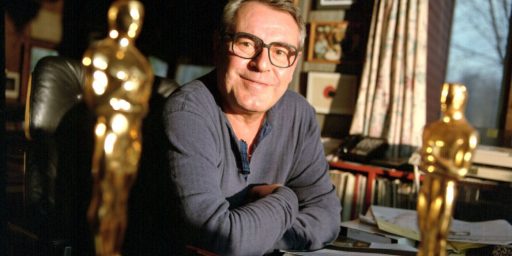Mathematical Model Measures Hollywood Blockbusters and Flops
Nature describes a very interesting study that attempts to quantify moviegoers’ overall opinion of a film:
Modellers Measure ‘Word of Mouth’ for Films
[Cesar] Hidalgo, along with Carlos Rodriguez-Sickert, an economist at the Pontifical Catholic University of Chile, Santiago, and Alejandra Castro of the University of Michigan, Ann Arbor, constructed a mathematical equation that approximates box-office takings in the weeks after release. They assume that revenue relies on three major factors: the size of the possible audience, the initial desire of audience members to see the film (which is often dictated by the amount spent on marketing and publicity), and audience response to the film.
The team then plugged arbitrary numbers into their simple equation to create dozens of graphs describing weekly box-office results for a film during its cinema lifetime. If the marketing weighed in heavily, for example, but audience reviews were poor, the resulting graph would peak in the first week and then plummet. If the reviews were good, however, the graph would keep climbing.
When they compared their graphs with actual box-office data (available on the Internet Movie Database) for 44 recent films, they found good matches for films ranging from huge blockbusters to budget flicks. “It was a surprise that the model behaved nicely for all different behaviours, and was not just a coincidence for some of them,” says Hidalgo.
Staying power
The team says that the review coefficient (the word-of-mouth component of their equation) is a rough indicator of the film’s quality.
The comedy Kissing Jessica Stein, for example, can be modelled using a large, positive review coefficient. It started with initially poor attendance, but increased its box-office take over the following five weeks owing to good reports from the audience. In contrast, Blade II looks like a classic bomb: a large negative review coefficient matches its quick dive in takings.
“It’s a fun paper,” says Gerben Bakker, an economic historian who studies Hollywood marketing at the University of Essex, UK. “But it’s quite a basic model. They don’t consider a lot of the complications.”
Bakker says that the model could be improved by factoring in the effect of a film’s availability on its box-office take, for example. Many people who would like to see a particular low-budget film are unable to because it is not playing in a local cinema, he says.
Actually, the authors address this point. See pages two and three:
The Effect of Social Interactions in the Primary Consumption Life Cycle of Motion Pictures (Arvix)
[…N]ew movies which become available for the general public as the tend to have an initial attendance which is relatively high and tend to decrease all along the consumption cycle, the sole exception being small productions or independent films which show a consumption life-cycle that resembles that of novel technology adoption. Our model captures both structural forms of aggregated
behavior.
I think that a better criticism relates to the widespread use of DVDs and other technologies. Many people presumably opt to wait for rental availabilities, even if a film is supposed to be good, because they want to avoid theater hassles or believe that low-budget independent features can be saved for the home entertainment system. The model seems to have no answer for this issue.
On the other hand, the following point makes sense:
Hidalgo adds that thinking of films this way should help studios to decide whether to commission a sequel. Even high-grossing films can be deeply unpopular with the audience, which dooms their cinematic offspring, he says.
And the study has thoughts on how online reviews act as interesting forms of social interaction — something that the Nature piece largely ignores.





